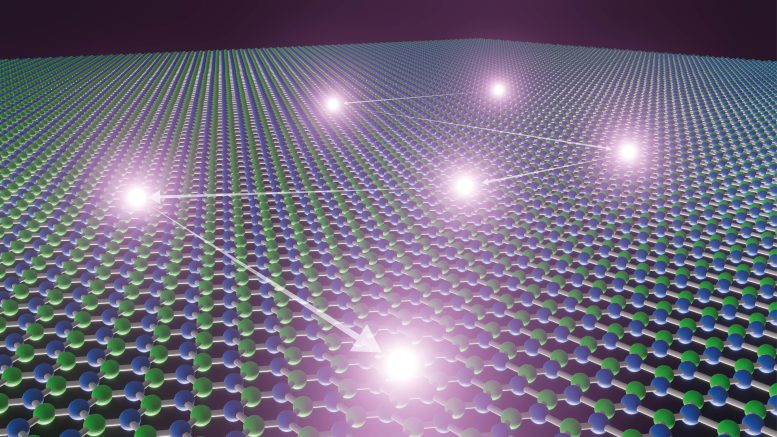
A novel discovery in nanofluidics enables researchers to track individual molecules in confined spaces using the fluorescent properties of boron nitride, revealing new insights into molecular behavior and paving the way for advancements in optical imaging and sensing. Above is a rendering of how the new research unlocks the mystery of molecular movement in nano-confined spaces. Credit: Titouan Veuillet / EPFL
Researchers from EPFL and the University of Manchester have unlocked secrets of nanofluidics by utilizing a two-dimensional material and light.
A breakthrough in nanofluidics is set to revolutionize our grasp of molecular dynamics at minuscule scales. Collaborative efforts from scientists at EPFL and the University of Manchester have uncovered a previously hidden world by using the newly found fluorescent properties of a graphene-like 2D material, boron nitride. This innovative approach enables scientists to track individual molecules within nanofluidic structures, illuminating their behavior in ways never before possible. The study’s findings were recently published in the journal Nature Materials.
Nanofluidics, the study of fluids confined within ultra-small spaces, offers insights into the behavior of liquids on a nanometer scale. However, exploring the movement of individual molecules in such confined environments has been challenging due to the limitations of conventional microscopy techniques. This obstacle prevented real-time sensing and imaging, leaving significant gaps in our knowledge of molecular properties in confinement.
Overcoming Microscopy Limitations
Thanks to an unexpected property of boron nitride, EPFL’s researchers have achieved what was once thought impossible. This 2D material possesses a remarkable ability to emit light when in contact with liquids. By leveraging this property, scientists at EPFL’s Laboratory of Nanoscale Biology have succeeded in directly observing and tracing the paths of individual molecules within nanofluidic structures. This revelation opens the door to a deeper understanding of the behaviors of ions and molecules in conditions that mimic biological systems.
Wide-field fluorescence images of a hBN crystal under 3.5 kW/cm2 561 nm laser light illumination with 1 second exposure time. Credit: EPFL
Professor Aleksandra Radenovic, Head of LBEN, explains, “Advancements in fabrication and material science have empowered us to control fluidic and ionic transport on the nanoscale. Yet, our understanding of nanofluidic systems remained limited, as conventional light microscopy couldn’t penetrate structures below the diffraction limit. Our research now shines a light on nanofluidics, offering insights into a realm that was largely uncharted until now.”
Applications and Future Potential
This newfound understanding of molecular properties has exciting applications, including the potential to directly image emerging nanofluidic systems, where liquids exhibit unconventional behaviors under pressure or voltage stimuli. The research’s core lies in the fluorescence originating from single-photon emitters at the hexagonal boron nitride’s surface. “This fluorescence activation came unexpectedly, as neither hBN nor the liquid exhibit visible-range fluorescence on their own. It most likely arises from molecules interacting with surface defects on the crystal, but we are still not certain of the exact mechanism,” says doctoral student Nathan Ronceray, from LBEN.
Surface defects can be missing atoms in the crystalline structure, whose properties differ from the original material, granting them the ability to emit light when they interact with certain molecules. The researchers further observed that when a defect turns off, one of its neighbors lights up, because the molecule bound to the first site hopped to the second. Step by step, this enables the reconstruction of entire molecular trajectories.
Using a combination of microscopy techniques, the team monitored color changes and demonstrated that these light emitters release photons one at a time, offering pinpoint information about their immediate surroundings within around one nanometer. This breakthrough enables the use of these emitters as nanoscale probes, shedding light on the arrangement of molecules within confined nanometer spaces.
Collaboration and Visualization Techniques
Professor Radha Boya’s group at the department of Physics in Manchester crafted the nanochannels from two-dimensional materials, confining liquids at mere nanometers from the hBN surface. This partnership allowed for optical probing of these systems, uncovering hints of liquid ordering induced by confinement. “Seeing is believing, but it is not easy to see confinement effects at this scale. We make these extremely thin slit-like channels, and the current study shows an elegant way to visualize them by super-resolution microscopy,” Radha Boya says.
The potential for this discovery is far-reaching. Nathan Ronceray envisions applications beyond passive sensing. “We have primarily been watching the behavior of molecules with hBN without actively interacting with, but we think it could be used to visualize nanoscale flows caused by pressure or electric fields.” This could lead to more dynamic applications in the future for optical imaging and sensing, providing unprecedented insights into the intricate behaviors of molecules within these confined spaces.
Reference: “Liquid-activated quantum emission from pristine hexagonal boron nitride for nanofluidic sensing” by Nathan Ronceray, Yi You, Evgenii Glushkov, Martina Lihter, Benjamin Rehl, Tzu-Heng Chen, Gwang-Hyeon Nam, Fanny Borza, Kenji Watanabe, Takashi Taniguchi, Sylvie Roke, Ashok Keerthi, Jean Comtet, Boya Radha and Aleksandra Radenovic, 31 August 2023, Nature Materials.
DOI: 10.1038/s41563-023-01658-2


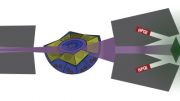
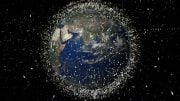
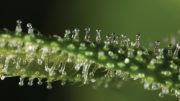
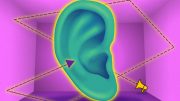
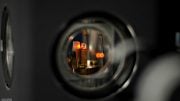
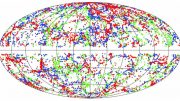

According to topological vortex gravitational field theory, observation and measurement are a form of interaction. The results of observation and measurement in scientific research are always approximate, rather than the state before observation and measurement. That is because of the synchronization effect of topological vortex gravitational field.
If you are really interested in science, you can browse the comments of the https://scitechdaily.com/microscope-spacecrafts-most-precise-test-of-key-component-of-the-theory-of-general-relativity/.
I hope you have not been fooled by the pseudo scientific theories in the Physical Review Letters (PRL).
Wishing you all the best.
boron nitride is a pain to work with. second hardest thing on planet. just under diamonds. some forms harder than diamonds.
Please remove my name and e-mail address from your publication. I have no desire to receive any further information from your website. Please do not send any further information to me. Linda Lieder
As soon as I discovered Nanofluidics was not about the amazing and mysterious science involved in the profound dynamics of little-bitty airline liquor bottles, I meandered, with authority, down here to let y’all know.
Hmm so they only just discovered according to this article,sorry but I call bulls***.Nano technology and it’s massive im enhancements in technology have been covered up for decades.
I am sorry but a very thin material, even if only 1 molecule thick is NOT 2D.
Science requires people like you who are good at thinking.
Good luck to you.
Physics must consider which is the real 2D in the 2D observed in scientific experiments and the 2D in mathematics. Human beings must accept the fact that scientific experiments are limited by nature.
Mathematics is the language of physics to understand the universe. Physics must respect the authenticity of mathematical graphics in low dimensional spacetime. The interaction between low dimensional spacetime matter is crucial for humanity to understand the properties of high-dimensional spacetime matter. Is the so-called two-dimensional surface observed in the experiment necessarily absolutely smooth? How do you ensure that the results you observe are not affected by other factors? Such as even if only 1 molecule thick is NOT 2D.
A PARALLEL UNIVERSE. A PROOF OF A PARALLEL UNIVERSE.